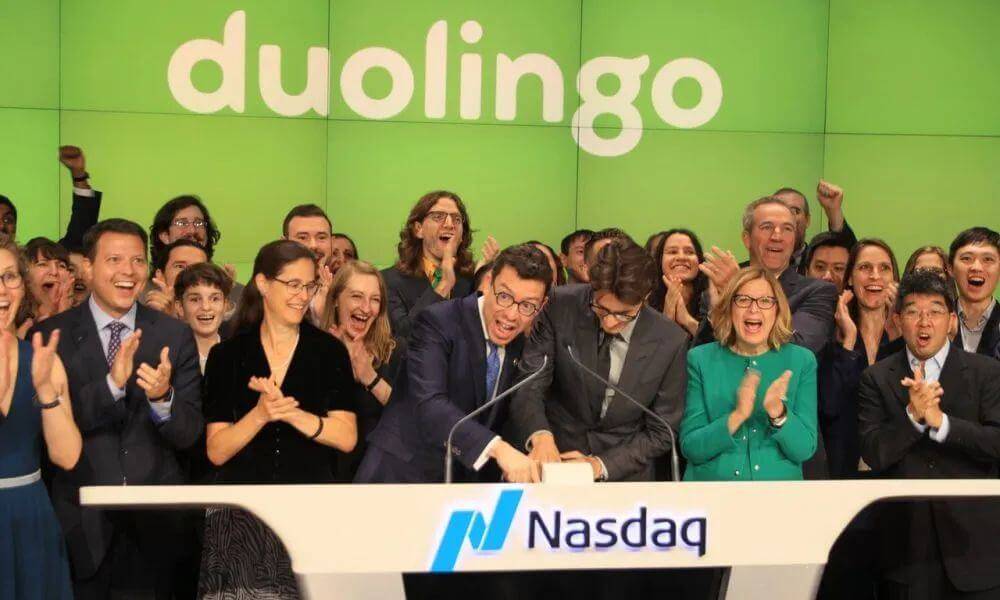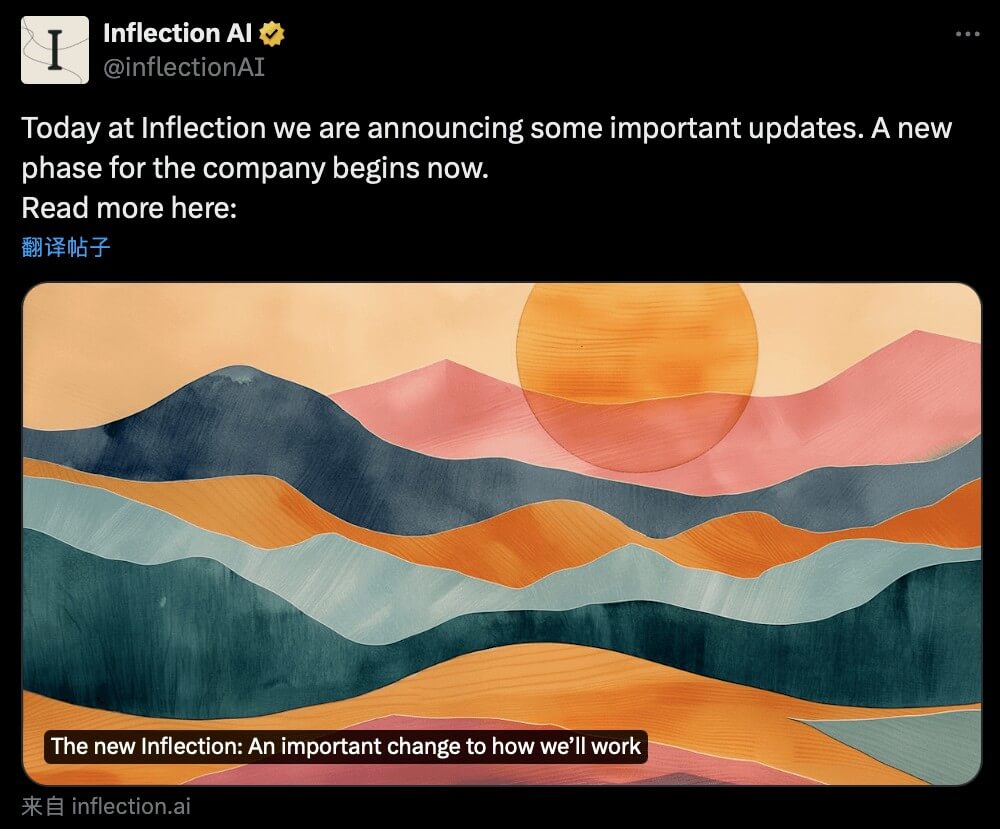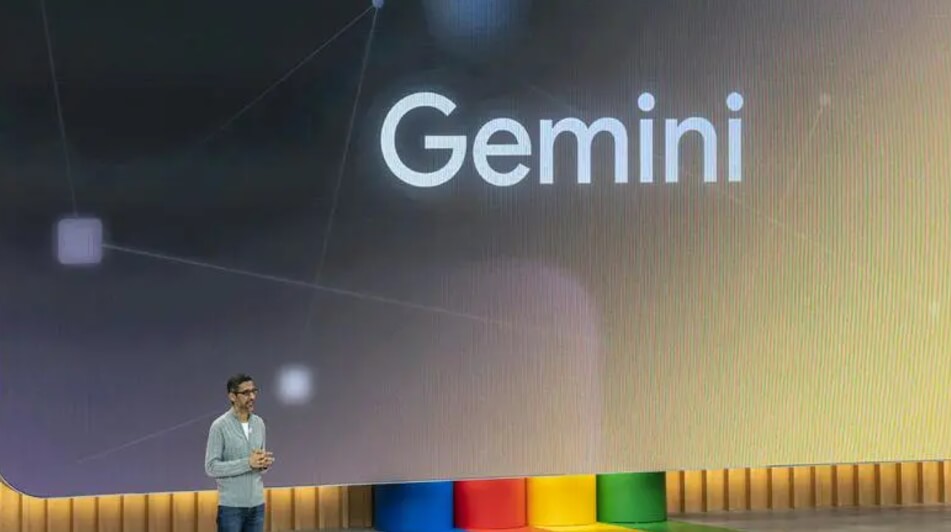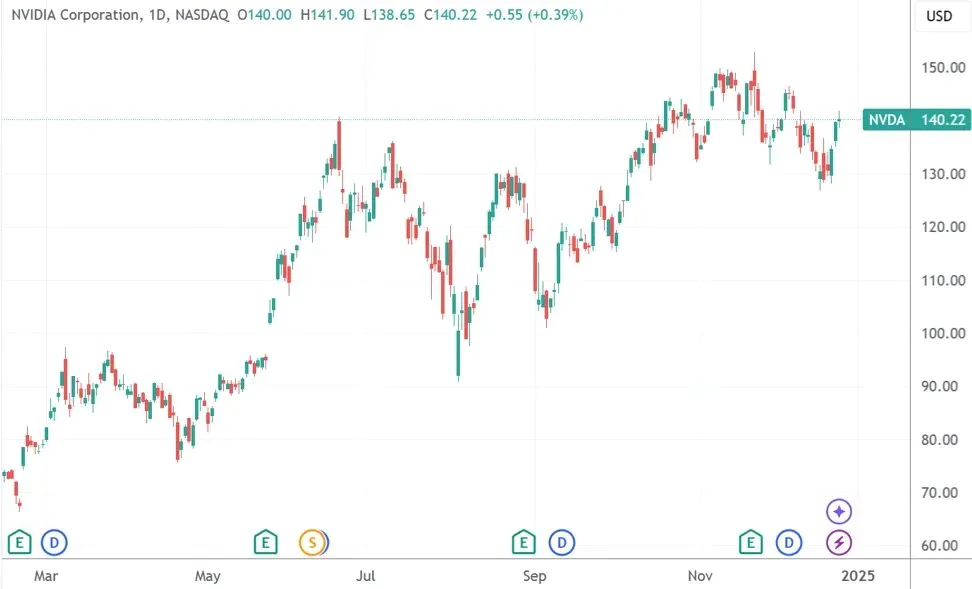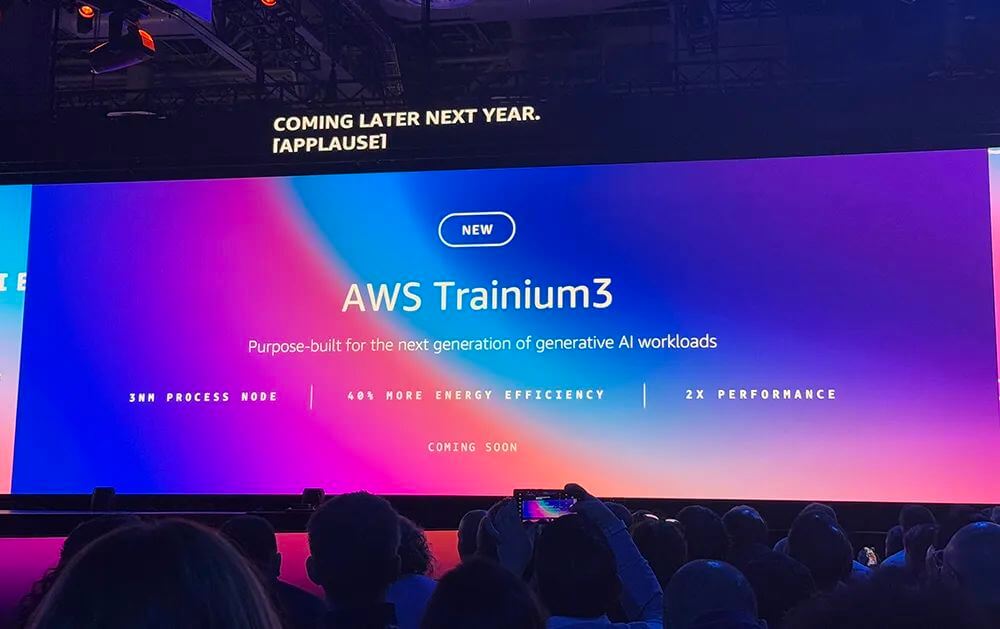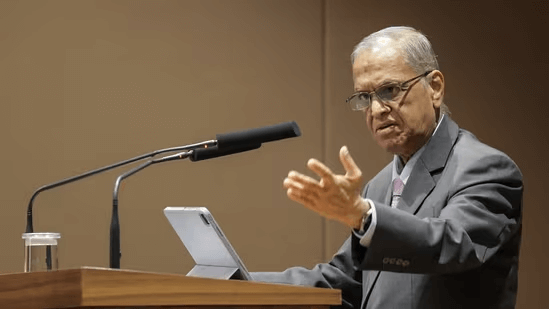One of the odd things about Apple is that many of its most successful products initially seemed like failures—perhaps you’ve forgotten that because now it seems ridiculous to think there wasn’t a market for them.
Recently, Apple CEO Tim Cook was interviewed by The Wall Street Journal to mark the 13th anniversary of Steve Jobs' passing. Cook reminisced about many days working alongside Jobs, expressing a deep sense of nostalgia: “Steve was the teacher of my life.”
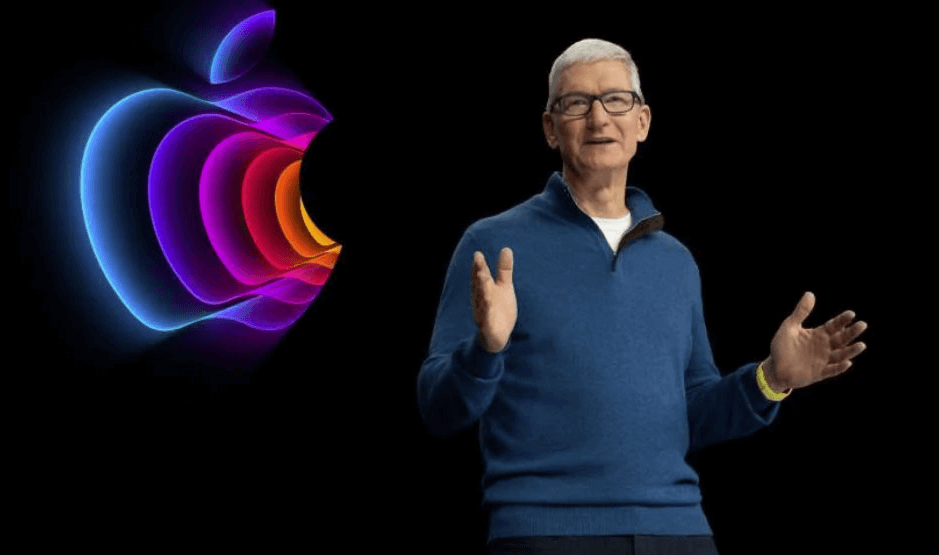
Some have described these two remarkable leaders of Apple as “from 0 to 1” and “from 1 to 100,” which is very apt. Thirteen years later, Apple’s market value stands unparalleled, yet Cook candidly admits that even in this enviable position, he still feels nervous on significant days.
What many may not know is that Apple’s revenue is divided into two parts: iPhone and others. Notably, the revenue from the iPhone alone exceeds that of the largest bank in the U.S., but it still only accounts for half of Apple's total revenue. The other half comes from desktops, laptops, tablets, headphones, watches, streaming movies, TV, music, and all other hardware, software, products, and services.
When discussing the poor sales of the Apple Vision Pro, Cook revealed the target positioning of the product—“A price of $3,500 is not for the mass market. Currently, it is an early adopter product. The target customers are those who want to have tomorrow’s technology today. Fortunately, there are enough people in this camp, which is exciting.”
Since 2023, companies worldwide have rushed to enter the AI race, but regarding Apple Intelligence’s delayed launch, Cook has shown his decision-making logic: "Not first, but best."
This overview offers a glimpse into the decision-making logic of this leader. Now, let us gain a comprehensive understanding of how the CEO of the world’s highest-valued company has succeeded Jobs and transformed Apple into a great company.
1. Joining Apple on the Brink of Bankruptcy: The Best Opportunity in Life
When Apple’s founder Steve Jobs recruited current CEO Tim Cook in 1998, the company was on the verge of bankruptcy.
At that time, Cook was the Vice President of Corporate Materials at Compaq. He had worked at IBM and Compaq (immediately after graduating from college, he worked at IBM for 12 years), and was renowned for his expertise in supply chain and logistics, which led Apple to reach out for talent in early 1998.
The rational move would have been to hang up. The previous year, the company lost over $1 billion. However, Cook followed his instincts and attended a meeting with Jobs. Minutes later, he knew he wanted to work at Apple.
Despite opposition from those around him, Cook believed this step was right.
“I felt like I was presented with the best opportunity of my life,” Cook said in an interview. “I didn’t want to miss this chance.” He stated that this risk ultimately paid off, helping him develop a unique leadership style and guiding him to the CEO role under Jobs’ mentorship.
2. Learning to Change Minds: The Best Way to Learn
One of the key management skills Cook learned from Jobs was not to cling to past beliefs, noting that few leaders possess this ability. Jobs welcomed debate, enjoyed challenges, and valued those willing to admit mistakes when new evidence emerged.
“If you had the best idea, you could always change Jobs' mind,” Cook said. “We changed each other’s minds. That’s why it worked so well.” At the 2022 Recode conference, Cook mentioned that Jobs often played devil’s advocate, taking positions he did not believe in to stimulate heated discussions. He considered this the best way to learn.
One of the most extensive and enduring debates between Jobs and Cook in the early 21st century was about how to sell the first iPhone. Jobs favored a revenue-sharing model, where Apple would receive a portion of the monthly revenue from mobile carriers, while Cook preferred a subsidy model, where carriers would pay a portion of the iPhone's cost upfront, recouping that cost through subscriptions. According to Business Insider, the company initially adopted Jobs’ model, but after Cook became CEO in 2011, it inevitably shifted to Cook’s model, leading to soaring iPhone sales. The Wall Street Journal reported that Apple now sells seven iPhones every second.
3. Succeeding as Apple's Permanent CEO: The Loneliest Moment in Life
Jobs was Cook’s mentor. Although Cook worked primarily behind the scenes early in his career at Apple, his expertise in logistics, supply chain, and operations played a crucial role in the tech giant's transformation. In 2004, when Jobs briefly stepped away from the CEO position due to health issues, Cook served as the interim CEO. After Jobs returned in 2005, Cook was promoted to Chief Operating Officer. In 2009, Cook was appointed interim CEO again, and after Jobs officially stepped down as CEO weeks before his death from pancreatic cancer in 2011, Cook became the permanent CEO.
At the 2019 Stanford University graduation ceremony, Cook expressed that he felt unprepared to lead the company after Jobs' passing. “I learned the true essence of the difference between being prepared and being ready. That was the loneliest moment of my life,” he admitted. While he had yet to accept that Jobs would no longer be someone he could confide in, Cook stated that he had to deliver his best performance for the company’s long-term development.
Since Cook took over as CEO, Apple’s market value has grown from $364.4 billion in 2011 to $3.55 trillion by October 2024. Cook attributes part of the company’s growth to hiring talent willing to voice dissent and possessing skills he may not have. He noted that the success of the original iPhone and iPod, initially developed by a small team, brought the company immense success.
However, 2024 has been filled with challenges for Apple’s CEO. The company announced layoffs in April and August, canceled its electric vehicle project that had been in development since 2014, and saw declining sales of the iPhone 15.
Despite this, Cook still finds it hard to believe when reflecting on his journey to becoming CEO. He came from humble beginnings and was the first in his family to attend college. Growing up, everyone in his family had to work, so he started delivering newspapers at the age of 12, waking up at 3 a.m. every day.
Cook said that the young version of himself could never have imagined leading a company like Apple one day. “I made a 25-year plan while I was in graduate school at Duke University, and the first couple of years were somewhat accurate. But after that, it was hardly worth mentioning.”
4. Running a Company: Ideas, Decisions, and Execution, Embracing Internal Failures
For a company capable of doing many things, it’s difficult to determine what it truly wants to do and what it can do better than anyone else. “For us, the key is focus,” Cook stated. “Saying ‘no’ to really very good ideas creates space for great ideas.” However, executing the decisions is even harder than deciding what to do. “We believe that innovation is not just about having an idea,” said Craig Federighi, Apple’s Senior Vice President of Software Engineering. “Innovation is about being able to deliver the right product at the right time in an outstanding way.”
In other words, innovation encompasses everything that happens after the idea. At Apple, all of this occurs in a carefully protected area known as the design studio. When reporters visit, opaque white barriers prevent them from glimpsing any ongoing secret projects. The company’s designers jokingly say that 99% of their work will never see the light of day. For instance, this year, after spending over a decade and billions of dollars, Apple abandoned its plan to manufacture electric vehicles, a costly lesson that reminds people that Apple products are more likely to fail internally rather than externally.
Among all the unseen products, the most ambitious is the Vision Pro. Concealing a supercomputer within ski goggles is a technological marvel for many reasons. When I spoke with Apple’s chief designers, most could not share details. Apple stated that the Vision Pro incorporates over 5,000 patents, meaning it overcame more than 5,000 unprecedented limitations.
To create such a product, Human Interface Design Vice President Alan Dye said, “It requires not only potentially innovative big ideas but also hundreds of innovative ideas that genuinely emerge afterward.”
5. Cook: Jobs Proved to Us That the Future Is Not Something to Wait For, but Something to Create
One peculiar aspect of Apple is that many of its most successful products initially seemed like failures. Perhaps you have forgotten this, as it now seems absurd to think that these products had no market.
But Apple’s executives have not forgotten. They remember how the company was mocked for some seemingly ridiculous reasons. The iPhone had no physical keyboard, the iPod was priced at $399 (while CD players were only $39 at the time), and AirPods looked ridiculous and often fell out of people’s ears. Who would wear an Apple Watch, use Apple Pay, or watch a show on Apple TV+ about an American football coach hired by a British soccer team? But now, people have become accustomed to these products. “In some ways, this was predictable,” Cook said.
Some devices that are now almost like appendages were initially unremarkable but improved over time. Others were entirely ahead of their time. In other parts of Silicon Valley, patience is often unwelcome. However, for every product that initially progresses slowly, Cook expressed confidence that it would eventually gain popularity. “This doesn’t mean others were wrong and we were right,” he said. “We have enough confidence that if we love the product, then there will be enough people out there who will love it too.”
"Not first, but best."
